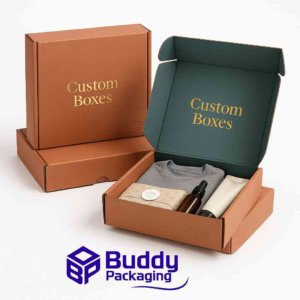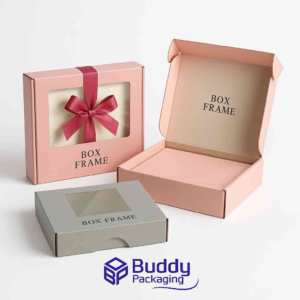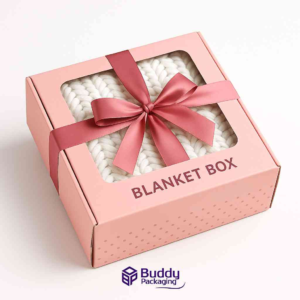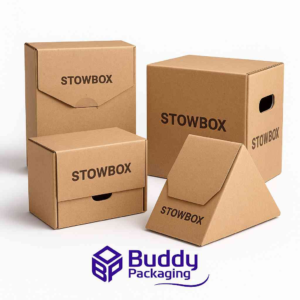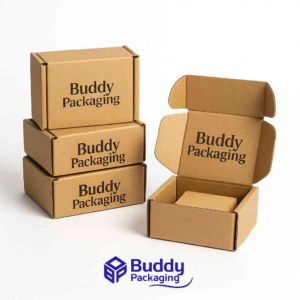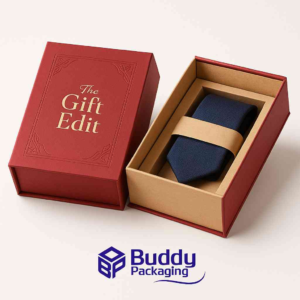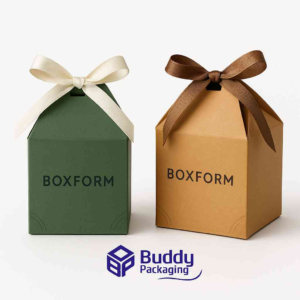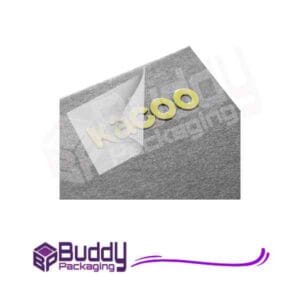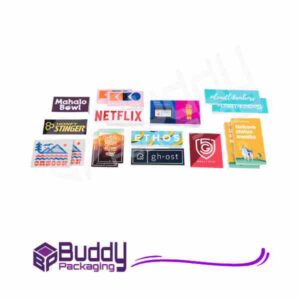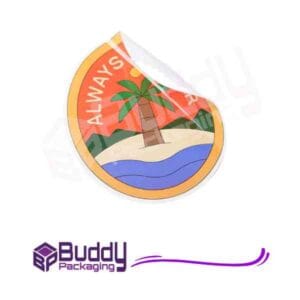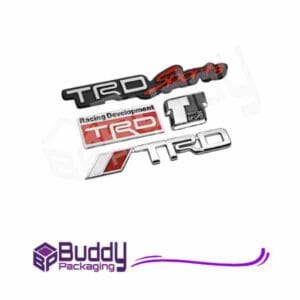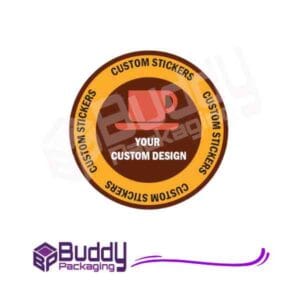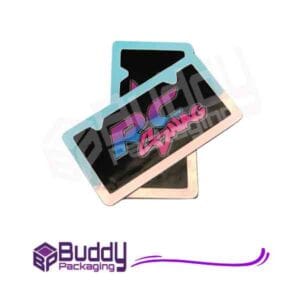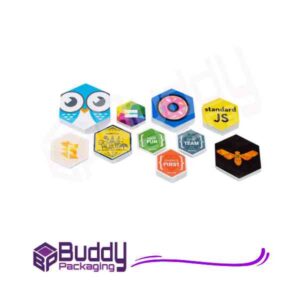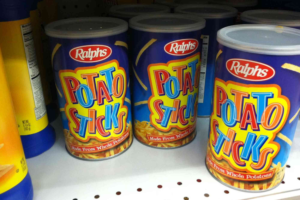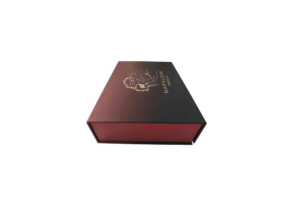Introduction
Easter packaging design is more than just wrapping chocolates and gifts in pastel colours—it’s about capturing the joy, renewal, and festive spirit that define the season. Brands use this time of year to connect emotionally with consumers through creative, meaningful, and visually striking packaging. Whether it’s a hand-crafted chocolate egg box, a bunny-themed carton, or a luxury hamper with gold foiling, good Easter packaging design tells a story.
In this guide, we’ll explore how brands can create memorable Easter packaging that stands out on shelves and online, while staying true to their values and sustainability goals. We’ll also look at colour psychology, typography choices, and modern design techniques that make your products irresistible during the spring season.
The Importance of Easter Packaging Design
Easter is a key retail event, second only to Christmas in many countries. For businesses in the confectionery, gift, and food sectors, packaging plays a huge role in attracting buyers. A beautifully designed Easter package can elevate a simple product into a special seasonal gift. It’s not just about presentation—it’s about experience.
Easter packaging sets the tone for celebration. From pastel pinks and soft greens to bunny illustrations and floral motifs, these design elements create an emotional connection. They invoke warmth, nostalgia, and excitement, which helps consumers associate the product with positive feelings.
Beyond aesthetics, packaging also serves practical purposes. It protects delicate items like chocolates and biscuits, supports branding efforts, and encourages repeat purchases through memorable unboxing experiences. With the rise of social media, many consumers now share their Easter gifts online, making visually pleasing packaging even more valuable for brand visibility.
Key Elements of Effective Easter Packaging Design
Designing packaging for Easter requires balance—combining festivity with function, tradition with modernity, and beauty with brand identity.
Colour Palette and Symbolism
Colour is one of the first things customers notice. During Easter, pastel shades dominate—soft pinks, mint greens, lavender, and baby blues symbolise freshness and rebirth. These hues reflect springtime and new beginnings. Metallic accents like gold or silver add a luxurious touch, perfect for premium product lines.
However, not all Easter packaging must rely solely on pastel tones. Many modern brands experiment with minimalistic black-and-white contrasts or bold neon accents for a contemporary twist. The key is to remain consistent with your brand’s overall identity while still evoking the spirit of Easter.
Typography and Illustration
Typography helps define the tone of your Easter packaging. Handwritten or script fonts convey warmth and playfulness, while serif fonts add a sense of elegance. When paired with illustrations—such as bunnies, chicks, flowers, or eggs—these design elements work harmoniously to create a cohesive festive look.
Illustrations should feel authentic and not overdone. For instance, subtle embossed patterns or delicate line art can be more impactful than loud graphics. Simplicity often communicates sophistication.
Sustainability and Eco-Friendly Design
Today’s consumers care deeply about environmental responsibility. Using sustainable materials for Easter packaging is not just a trend—it’s an expectation. Recyclable paper, compostable films, and biodegradable inks appeal to eco-conscious shoppers.
Brands can highlight their sustainability efforts directly on the packaging through small icons or text, showing transparency and commitment. Minimalist designs also help reduce printing waste while maintaining elegance.
Companies like Buddy Packaging’s Custom Packaging offer bespoke eco-friendly solutions that combine creative design with sustainability. This approach ensures your Easter packaging looks beautiful while aligning with environmental goals.
Functionality and Structural Design
The structure of your packaging is equally vital. Easter items often include delicate products such as chocolate eggs, fragile gifts, or glass jars. Designing protective yet visually appealing packaging requires attention to form and material.
Innovative structural designs like window boxes allow customers to see the product inside, enhancing trust and curiosity. Handles, ribbons, and re-sealable features add convenience, making the product more user-friendly. Smart packaging also helps extend shelf life, ensuring the product reaches consumers in perfect condition.
Modern Trends in Easter Packaging Design
Easter packaging evolves every year as brands explore new ideas to capture attention. Several trends dominate the market in 2025, blending creativity, technology, and sustainability.
Minimalist Design with Impact
Minimalism continues to dominate the packaging industry. Clean layouts, neutral tones, and subtle accents create a modern, premium feel. Instead of cluttered graphics, designers now rely on white space, texture, and fine detailing to make packaging elegant yet festive.
Personalised and Limited-Edition Packaging
Consumers love exclusivity. Limited-edition Easter packaging creates urgency and excitement. Adding personalisation—like name tags or custom messages—makes the gift even more special. Digital printing allows small-batch production with high flexibility, making custom designs more accessible for brands of all sizes.
Interactive Packaging
Interactive elements, such as QR codes linking to videos or AR experiences, enhance engagement. Some Easter packaging even includes puzzles or hidden messages for children, turning unboxing into an experience. These designs delight customers and encourage brand loyalty.
Sustainability as Core Design
Eco-conscious Easter packaging isn’t just about using recyclable materials—it’s about storytelling. Brands that communicate their green efforts transparently build stronger connections. Using earthy textures, natural dyes, and biodegradable labels shows authenticity and purpose.
For deeper technical insights on printing innovations and eco-friendly materials, explore print & finishing insights, a leading resource for packaging professionals in the UK.
How to Create a Memorable Easter Packaging Strategy
Developing the perfect Easter packaging involves understanding your audience, defining your brand personality, and aligning your design with the spirit of the holiday.
Start with research—identify what your target customers value most. Families may prefer bright, playful designs, while luxury buyers might look for subtle elegance and premium finishes. Next, ensure your design communicates the right emotions. Easter is about joy, hope, and renewal, so your visuals and messaging should reflect positivity.
Consistency is crucial. Keep your logo, colour palette, and tone aligned across packaging, marketing materials, and online platforms. This coherence strengthens brand recall and trust.
Finally, test your packaging before mass production. Evaluate its durability, usability, and shelf impact. A small investment in prototype testing can prevent costly redesigns later.
Emotional Connection Through Storytelling
One of the most powerful tools in Easter packaging design is storytelling. Each product can tell a tale—perhaps inspired by traditional Easter themes or modern sustainability journeys. For instance, a brand might share how their packaging is made from recycled paper collected locally or how the artwork was designed by a community artist.
This human element builds emotional resonance, turning ordinary packaging into a meaningful experience. When customers connect with your story, they are more likely to remember and recommend your brand.
Common Mistakes to Avoid
Even the most creative packaging can fall flat if it overlooks key design principles. Avoid overloading the packaging with too many graphics or text. Simplicity communicates confidence.
Neglecting practicality is another pitfall. A beautiful design that fails to protect the product or is difficult to open frustrates customers. Always balance creativity with usability.
Finally, don’t ignore brand consistency. While seasonal designs should feel festive, they must still align with your brand’s long-term identity.
Designing for Delight
Easter packaging design is your brand’s opportunity to spread joy and make a lasting impression. From selecting the right colours and fonts to choosing sustainable materials and functional structures, every decision shapes the customer experience. The best designs combine emotion, purpose, and creativity—celebrating the essence of Easter while strengthening brand recognition.
As you plan your next collection, remember that great packaging goes beyond looks—it tells your brand’s story, inspires delight, and encourages loyalty. For brands looking to craft standout designs, exploring eco-friendly Custom Packaging options and staying updated with print & finishing insights will help elevate your seasonal strategy.
FAQs
What colours work best for Easter packaging design?
Pastel shades like pink, mint green, lavender, and soft yellow are popular because they symbolise spring and renewal. Adding metallic gold or silver accents enhances luxury appeal.
How can I make my Easter packaging eco-friendly?
Use recyclable materials, water-based inks, and minimal designs to reduce waste. Clearly label sustainability credentials on your packaging to build trust.
Why is Easter packaging important for brand marketing?
Easter packaging creates emotional appeal, boosts product visibility, and supports festive marketing campaigns, helping brands stand out in a competitive retail market.
Can small businesses create custom Easter packaging?
Absolutely. Many suppliers offer small-batch or digital printing options, making it easy and affordable for small businesses to produce custom designs for seasonal promotions.
What are some current trends in Easter packaging design?
Minimalism, personalisation, interactive elements, and sustainable materials are leading trends. Brands are increasingly blending creativity with environmental responsibility.


